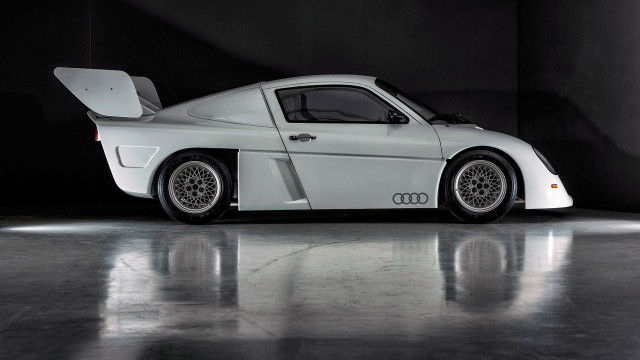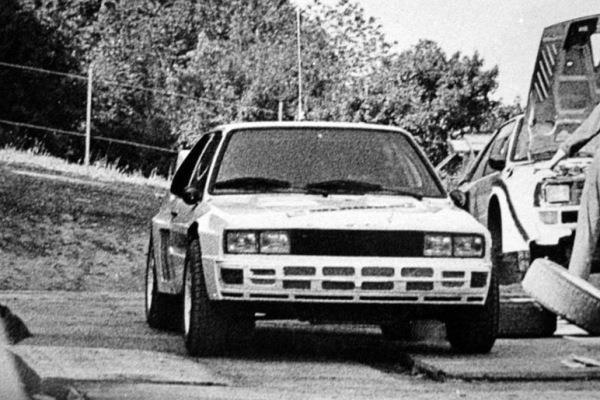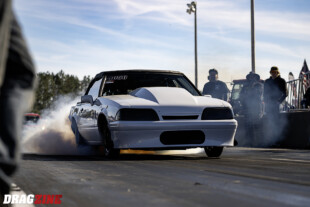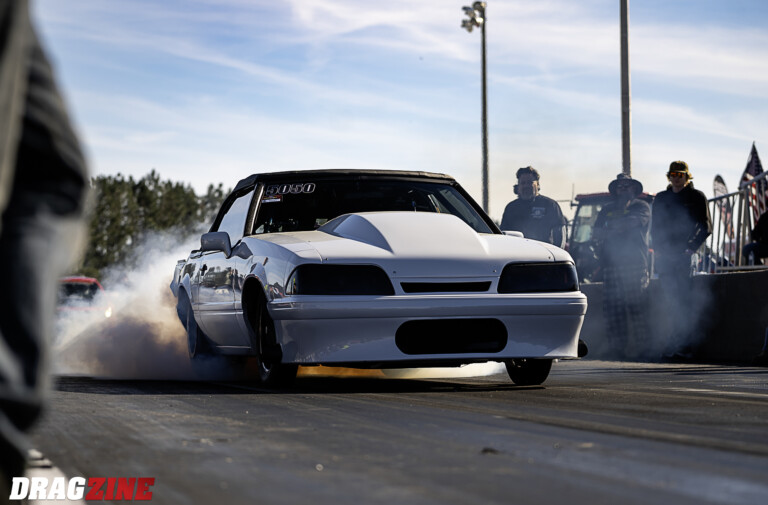The striking, rounded looks of the Audi Group S catches the eye, and at first suggest some sort of sixties sportscar mainlining adrenaline rather than something devised to upstage a Group B car. An immensely short wheelbase, the massive rear wing, and the neat, tidy lines are all a bit strange to behold. They housed a package that promised immense performance, but it was a project that never fully came to fruition thanks to marketing concerns of the day. However, the project was still carried out in utmost secrecy, and the esteemed Walter Rohrl, before the project was canned, had nothing but praise for the first mid-engined Audi since the 1930s.
The Group S was borne out of a need for more agility. The Sport Quattro was not widely enjoyed among the Audi lineup at the time because of its propensity to understeer in the slower corners. Stig Blomqvist opted to run with the older A2 Quattro after sampling the Sport Quattro, since a shortened wheelbase only made it snappier on the limit. At least the older A2 was stable in the faster bends, where that massive inline-five was not as much of a hindrance. Facing this, the designers knew that a mid-engined layout would add some much-needed rotation to compete with the Lancias and Renaults of the day.

The Audi Group S was never fully realized, since the category it was intended to compete was canned along with Group B.
However, Audi’s marketing team objected to this sort of design. The entire Quattro roadcar lineup was based off of their front-engined, four-wheel drive layout and a mid-engined car would not translate well. Engineers being stubborn people, they decided to carry out the development of this car without the big wigs knowing, and leading the project was none other than Roland Gumpert, the man responsible for the supercar which shares his surname.
The project was then shipped in incorrectly marked containers to Desna, Czech Republic to keep prying eyes away. There was hush money given to some locals, which kept the project shadowy for a period of time. The Group S branched off to a mid-engined Quattro that looked much like the Sport Quattro but with much shorter overhangs. By the time the preliminary tweaks were done and Herr Rohrl was brought in to evaluate, the word had leaked and a huge crowd gathered at the prospective test site. So, the team turned their transporter trucks towards Germany.
Rohrl took the mid-engined Quattro to the limit on a short stretch of German public road. The distinctive shriek of the five-cylinder turbo, now made famous through the Quattro and later the S1, attracted the attention of the local constables, who found Rohrl’s exuberant driving to be in disagreement with the local speeding laws. They knew the young ace’s face, and agreed to keep their encounter quiet if Rohrl would demonstrate a race start for them.
Despite their best attempts, the team could not quite keep the project under wraps, and once Audi HQ got wind that a secretive development program had been going on under their noses, they ordered all of the Group S prototypes and the mid-engined Quattros to be scrapped. Cleverly, Gumpert scrapped all officially built cars, but a few mementos were kept behind. This prototype represented both the absurdity of mid-eighties rallying and what the marque was capable when the bean counters were disregarded, and while it’s a shame the full 1,000+ horses it was reported to make was never put to the test, it’s relieving to see it running in 2016.























